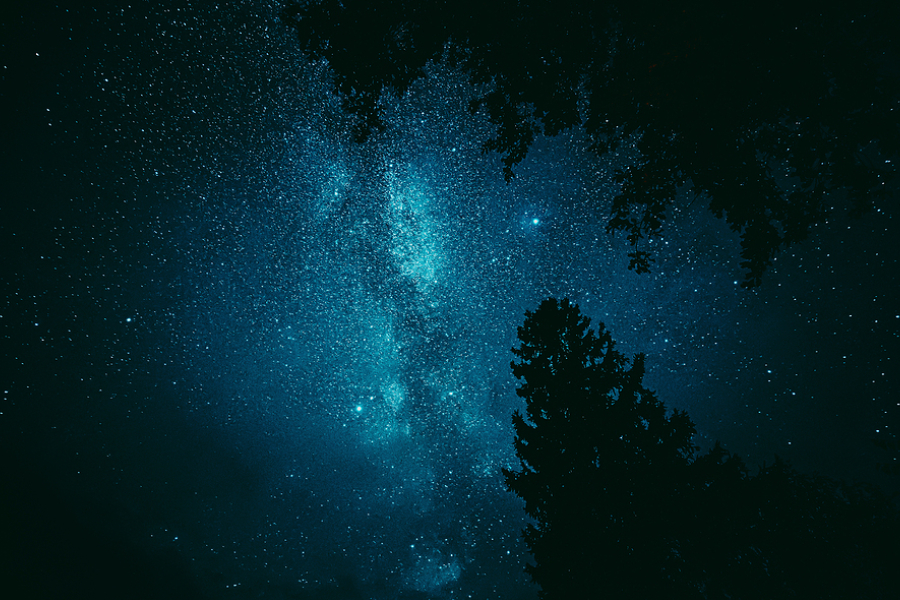Can We Look Back At Time When We Look Up Into The Night Sky?

When we look up into the night sky, we are able to see many kinds of astronomical objects, such as nearby galaxies, star clusters, nebulae, stars, moons, and planets. While it might be a little harder to spot them in Singapore, where we are constantly surrounded by bright lighting, they are there.
With more sophisticated and better telescopes, we can even see more compact and distant astronomical objects, such as neutron stars, galaxy clusters, and faraway galaxies. It should not be a surprise that such astronomical objects are really far away from where we stand.
The relationship between time and distance
The existence of time has been studied by many. Einstein’s theory of relativity states that when we look at a more distant object, what we see is its historical version. This is because light takes time to reach us. What this means essentially is that the more distant the object we are observing, the further back in time we are peering at.
For example, sunlight takes approximately 8.5 minutes to reach us. Hence, by the time we see the sunlight, what we are seeing is the 8.5 minutes ago version of sunlight. Hence, if the sun were to explode all of a sudden, hypothetically, we would only find out about it 8.5 minutes later.
This theory applies to all astronomical objects out in space. Furthermore, when we consider the fact the distance measurement for astronomical objects is light-years, it shows us the time taken for light emitting from that object to reach us. For example, the distance from Sirius, the brightest star in the sky, to us is approximately 8.6 light-years. Hence, it means that the Sirius we see when we look up into the night sky is the star from 8.6 years ago.
It is vital to note that the light-year is an instantaneous figure. The space between the distant astronomical object and Earth is constantly expanding. Hence, over time, the measurement of light-years will also increase with the increasing distance.
Another effect of space’s expansion is that the light from even more distant astronomical objects still will not have reached us yet. And if it expands fast enough, it probably will never reach us.
So, can we look back at a time when we look up into the night sky? The current estimate states that the universe is approximately 13.7 billion years old. Does it mean that we can look that far back in time?
It turns out that there is a limit to how far we can see. We are not able to see the light that was formed at the occurrence of the Big Bang. The most ancient time frame in which we can observe the universe is that of the creation of cosmic background radiation, which took place about 380,000 years after the occurrence of the Big Bang. Hence, looking back at the question: How far back in time can we see when we look up in the night sky? The answer is the age of the universe minus 380,000 years.
Conclusion
In conclusion, the current information we know about the early universe is what we have. Such knowledge has allowed us to develop cosmological models and theories that explain how the universe became what we know today.
And that is the interesting thing about studying physics. It encompasses everything from the entire universe, right down to subatomic particles. And if you are interested to know more about such topics, Physics Tuition offers effective and interesting classes. Contact us to find out more!